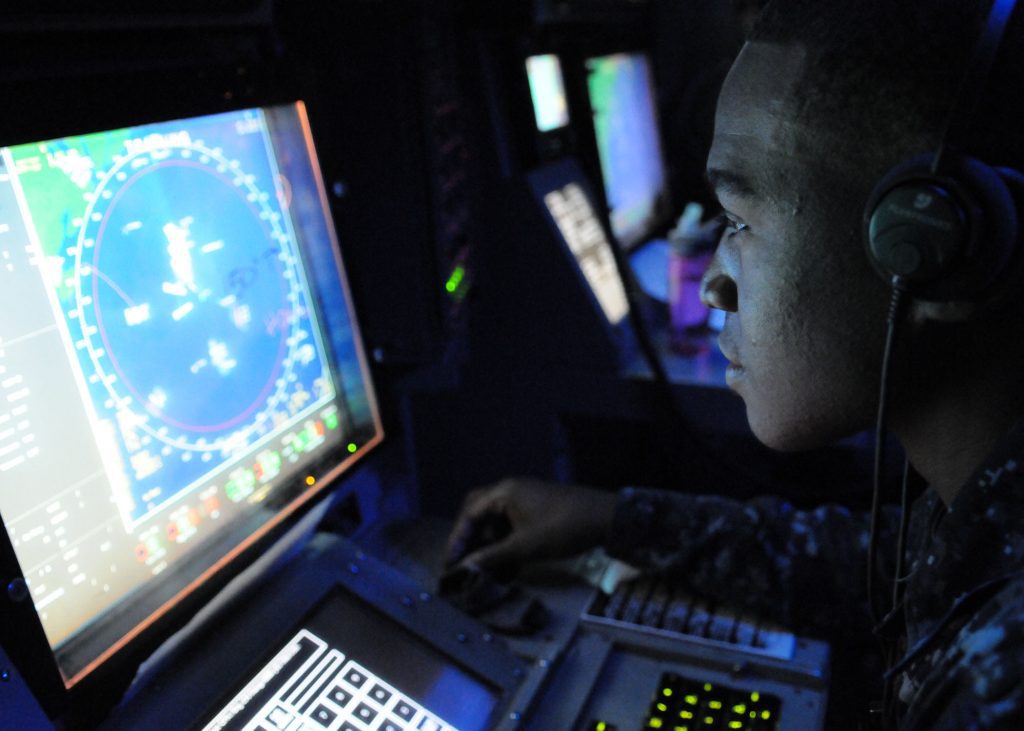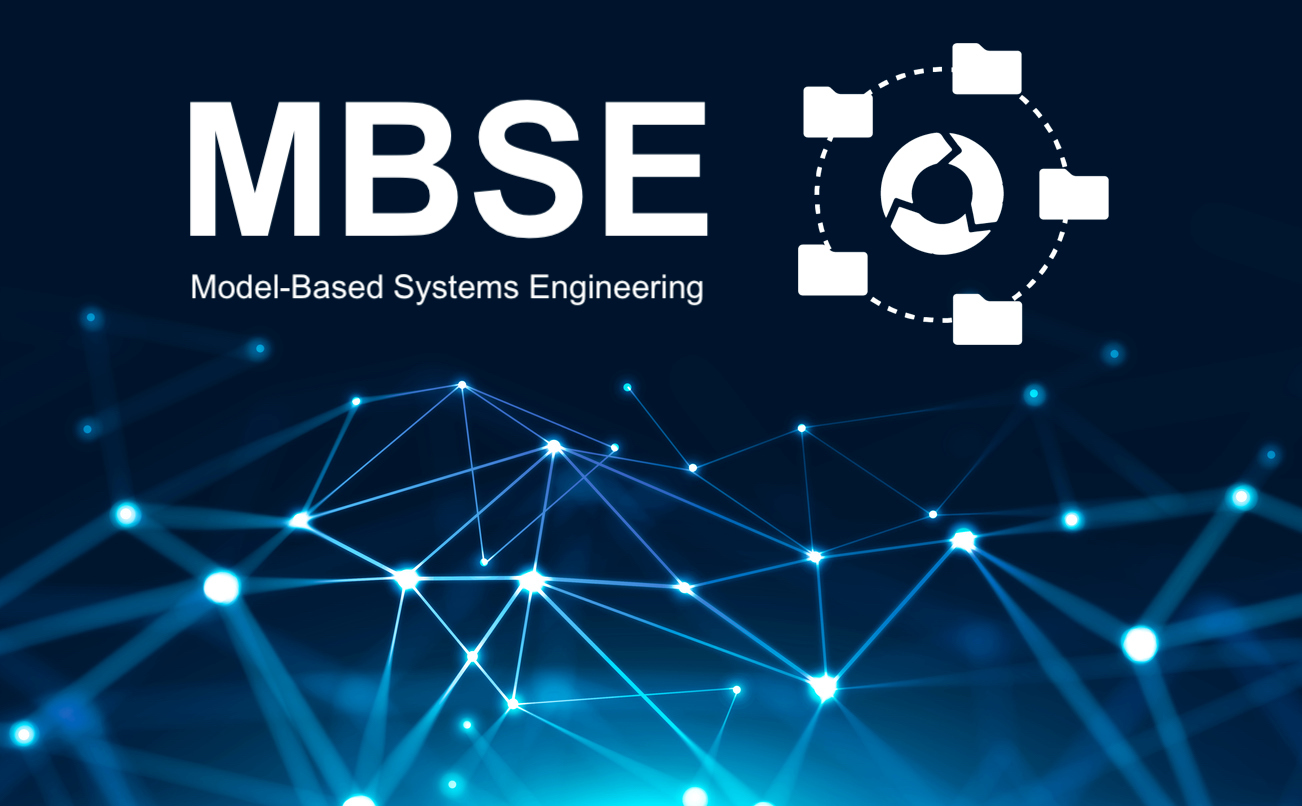
Technology users – from simple email subscribers to the commanders of nuclear submarines – are increasingly beset with deluges of data presented to them in arcane, one-size-fits-all formats. And the amount of data is exponentially increasing! Human-Centered Design is a new approach to software and system development that helps organizations to deliver the right data to the right person at the right time. In turn, this enables individuals and teams to better utilize the oceans of data being collected to achieve an Information Advantage™.
Tasks ranging from routine operations to cognitively taxing actions like command decision making are recognized as becoming increasingly difficult. For example, it is a near universal complaint that performing email “triage” is the electronic equivalent to taking out the trash, even with spam filters and clutter bins, and that’s just a simple task. Imagine the decision making complexity involved when a Submarine Operator receives all kinds of information from various sources and must distinguish between friend and foe, or when an investor fields various streams of information about a company’s prospects and must decide between buy and sell.
Human-Centered Design (HCD) is a methodology that ensures that system design initially considers the cognitive and physical requirements and capabilities of the targeted end user(s). The approach is innovative in that it strives to incorporate lived experiences, as well as in the objective “clean-slate” design approach. HCD may be successfully applied to wide-ranging fields and applications including the social sciences, medicine, and national defense – any field where the human characteristics of a user group factor into operations and decision making. As a process that starts with the people you are designing for – your intended audience – and ends with specifically tailored design solutions that meet particular needs, HCD addresses the issues of complex information presentation in substantive, empathetic ways.
Combining a broad range of knowledge and expertise in HCD with practical experience allows a system designer to provide value to any major system design or modernization. HCD addresses the full range of cognitive and physical design considerations from team and individual decision making to the optimization of spatial arrangements to support team interaction, system operation and sustainability. In the defense systems context, extensive human factors experience becomes a critical element in HCD to address issues ranging from the design of efficient operating spaces to the introduction of mixed-gender crews in submarines. The human issues associated with major technology insertions including manpower, personnel and training must also be considered.
Rite-Solutions’ research and experience has convinced us – and our customers – of the value of HCD. We develop and successfully apply a mission-based, cognitive design methodology that incorporates task analysis, knowledge engineering of subject matter experts, technology assessment, automation and task allocation, and optimization of arrangements of combat spaces and team layouts. This methodology was used for the Command Decision Support System of the Combat System of the Future, a visionary Phase III Small Business Innovative Research (SBIR) project that included significant Artificial Intelligence in a decision support framework. The same design methodology applied to the Marine Mammal Mitigation Tool – a Navy Phase II SBIR, and the next generation integrated communication system (ICS-Next) – another Navy Phase II SBIR. Each of these very different research and development efforts established the value of HCD as all feedback indicated high marks for very innovative user experiences.
The value of HCD continues to be recognized by our customers as the trend toward More-Data-Faster continues apace with the equally dynamic trend toward user diversity. HCD has played a key role in our generation of recommendations for, and analyses of, proposed technology insertions as well as in our development of tools for maintenance scheduling, work load analysis and optimization for ship and shore-based installations, including the up-front validation of class maintenance plans. In the defense world, the unchecked infusion of data will be an accelerating challenge with the introduction and profusion of major information gathering platforms like unmanned vehicles and the F-35 Joint Strike Fighter. Human-Centered Design, in particular in Decision Support Systems and as a driver in Human Systems Integration (HSI), will indeed be a central design approach for any innovative solution. Both Decision Support and HSI will be explored in future posts.





